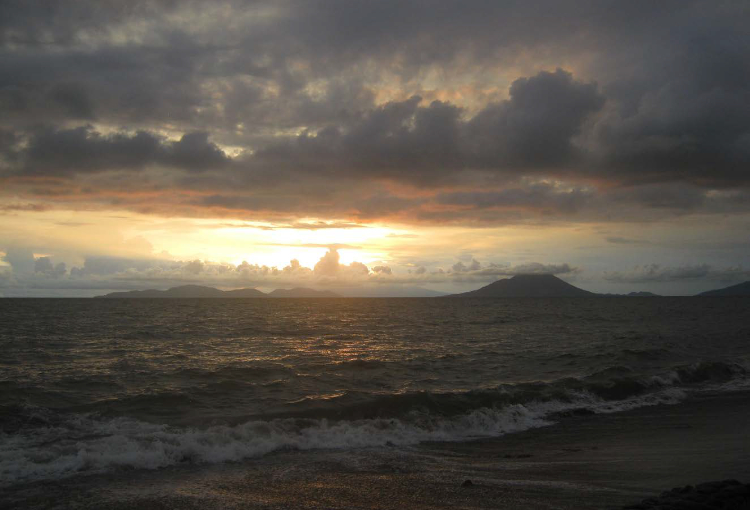Water — The Main Ingredient
At various points in my career, I have heard the argument that freshwater aquaculture makes more sen...

At various points in my career, I have heard the argument that freshwater aquaculture makes more sense than marine farming due to “technical, economic and resource constraints.” And the best evidence of these advantages has been the meteoric growth of inland aquaculture over the past century. However, the environmental assumptions under which these assessments were made are probably no longer valid. Water shortages are coming in many parts of the world. Actually, they have already begun. Although it may not be obvious to the casual observer, we are living on a steadily drying planet.
A recent publication from the United Nations’ Convention to Combat Desertification should give us all pause. The report, The Global Threat of Drying Lands: Regional and global aridity trends and future projections, provides a stark assessment of where we are and where we’re going. More than 75% of the world’s land has become permanently dryer in the past several decades. Significant areas have transformed from humid to dry ecosystems, with far less annual rainfall. Crops, grazing lands, natural habitats and people will be threatened throughout the world if these trends cannot be reversed. And unfortunately, it appears they cannot. Slowed, perhaps. Maybe even halted. But almost certainly not reversed any time soon.
What makes this situation so dire is that, while drought conditions can be catastrophic, they eventually end. In contrast, rising aridity will require long-term adaptation. No amount of waiting or hoping will bring us to a point of recovery. To quote the above-mentioned report “the drier climates now affecting vast regions across the globe will not return to how they were.” And, as the soils become drier, we can expect loss of soil fertility, wildfires, crop losses, desertification, and food and water insecurity.
And yes, even if conditions don’t deteriorate to that point, inland aquaculture may become a thing of the past in many regions. Currently, about 62 percent of the world’s aquaculture production takes place in inland waters. Species like carps, catfishes, tilapias and crayfishes are all contributing significantly to food security in numerous countries. From this point onward, however, suitable land and freshwater will be scarcer with every passing year. Expansion of inland aquaculture will be impossible in many parts of the world, and severely constrained in many others. Increasingly, the next generation of aquaculturists will need to look to the sea.
China, already an aquaculture pioneer and leader for thousands of years, is doing just that. The country’s marine aquaculture sector is seeing more investments, more innovations and more species with each passing year. Offshore environments in China and many other countries can be particularly punishing, but entrepreneurial engineers are developing structural innovations to minimize losses. The expansion of deep-water marine ranches — or blue granaries as they are called, is accelerating. Automated feeding systems, AI powered monitoring and management, underwater imaging systems, and novel feed formulations to optimize digestibility and minimize waste are all contributing to industry growth. And solar- and wind-power solutions have been applied to address the energy needs of grow-out facilities often located 50 to 100 km or more from the nearest harbor.
The shift to marine aquaculture will require substantial effort across the sector, and a more pragmatic approach from policy makers and regulatory agencies. In some countries this may make the difference between food security and famine. The traditional objections to offshore aquaculture from those who have no concerns about where their next meal will come from must be dealt with using sound science and keeping in mind the ever-increasing need for protein from aquatic species. Critics might actually find some solace in the fact that the environmental benefits resulting from shifting our future focus to marine aquaculture could be substantial. Recent research suggests that the overall carbon footprint of marine aquaculture is approximately 40 percent lower than that of inland aquaculture. The difference is largely due to reduced greenhouse gas emissions (nitrous oxide and methane) resulting from biogeochemical processes, along with feed and energy consumption lifecycle components.
The advancement of marine aquaculture may unfold by choice or by necessity, but if current climatic and demographic trends continue, it will probably be inevitable.
— C. Greg Lutz, Editor-in-Chief